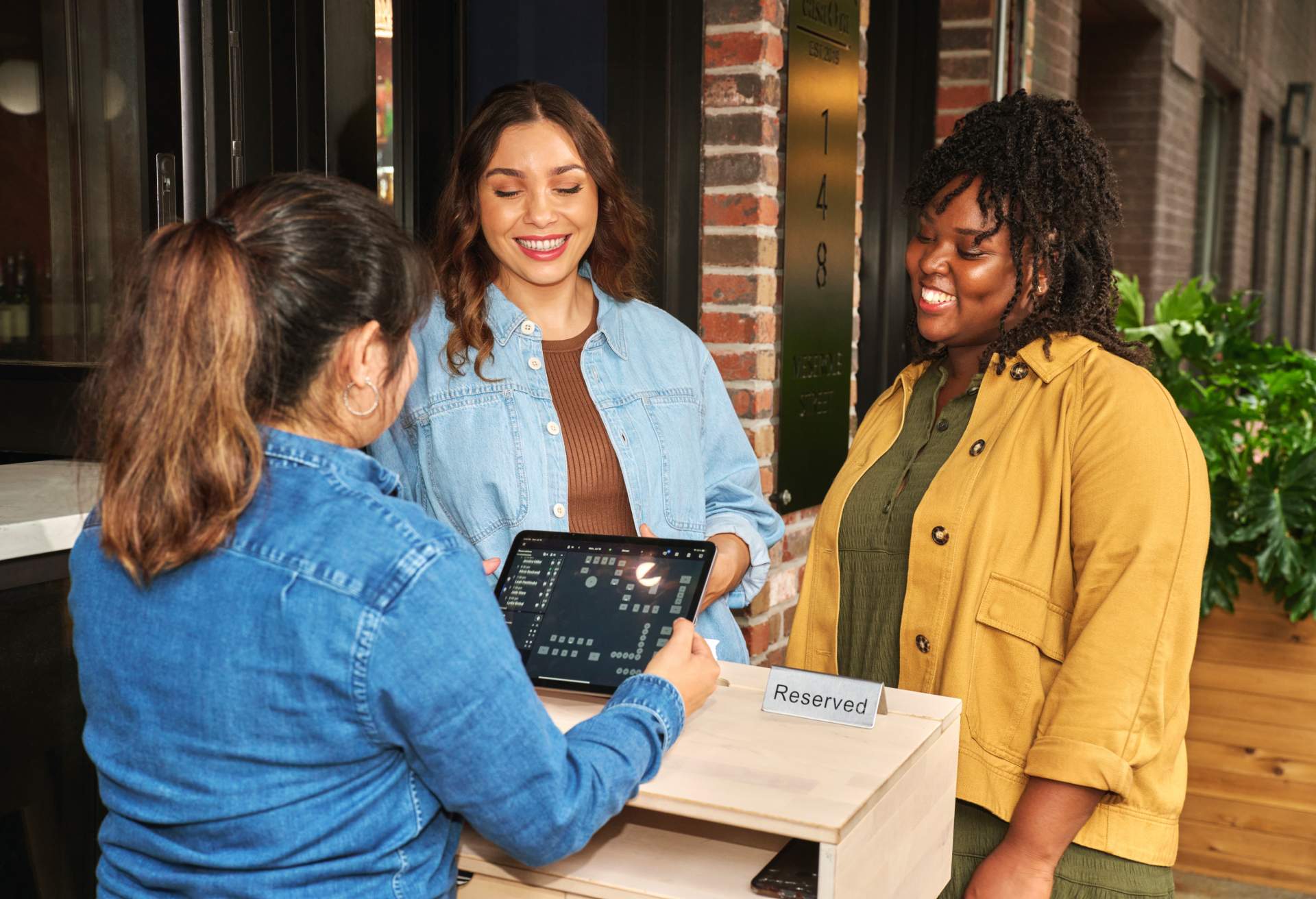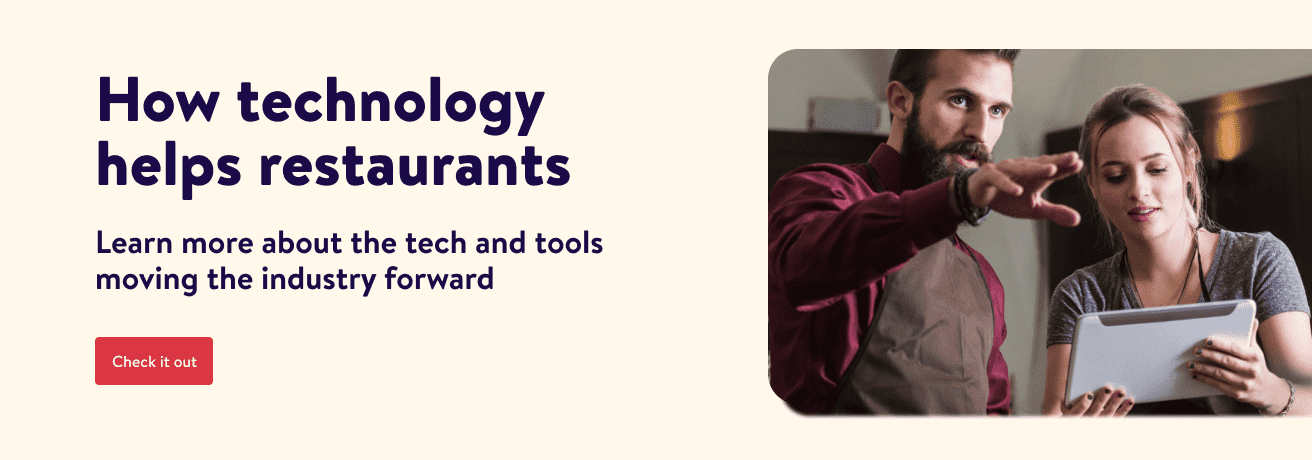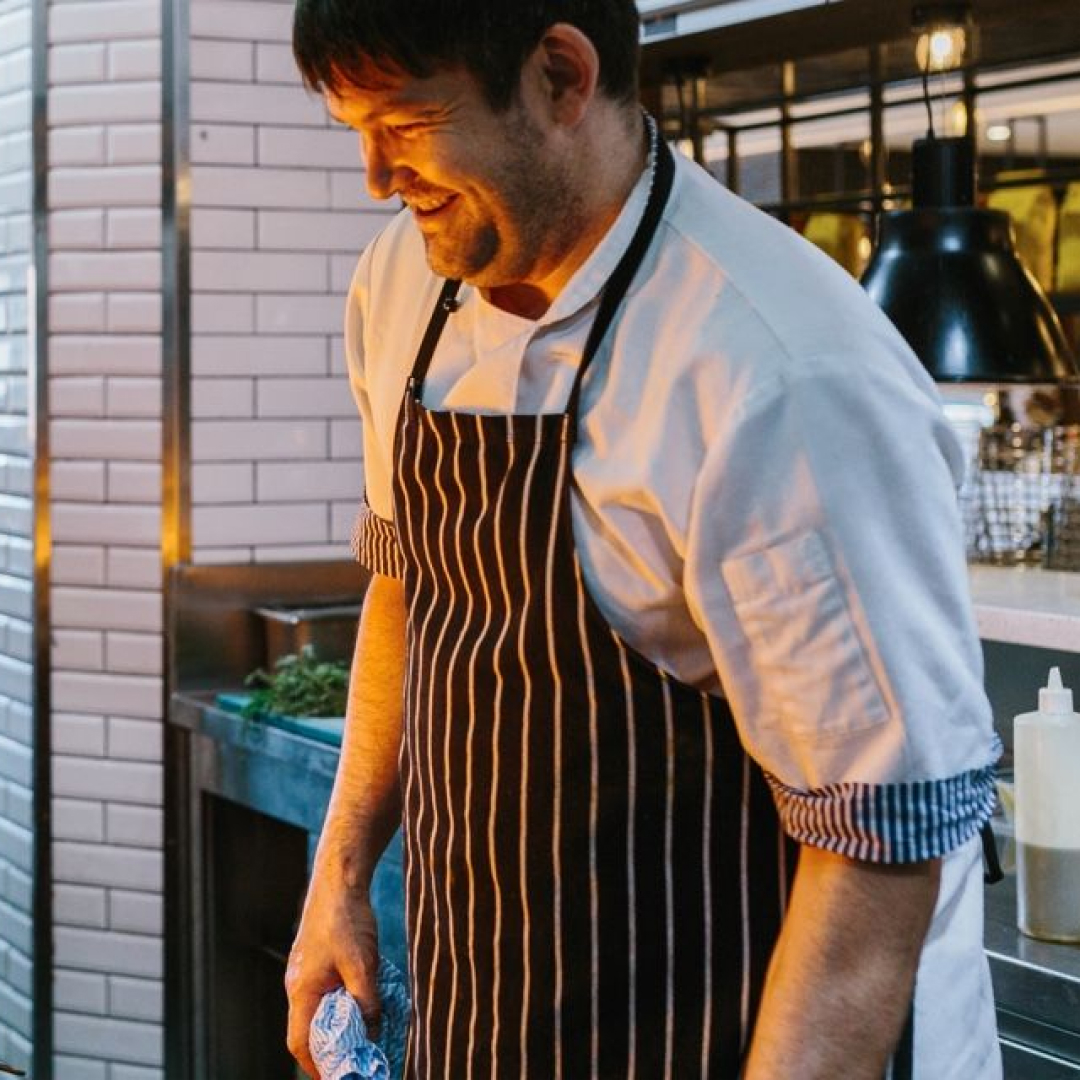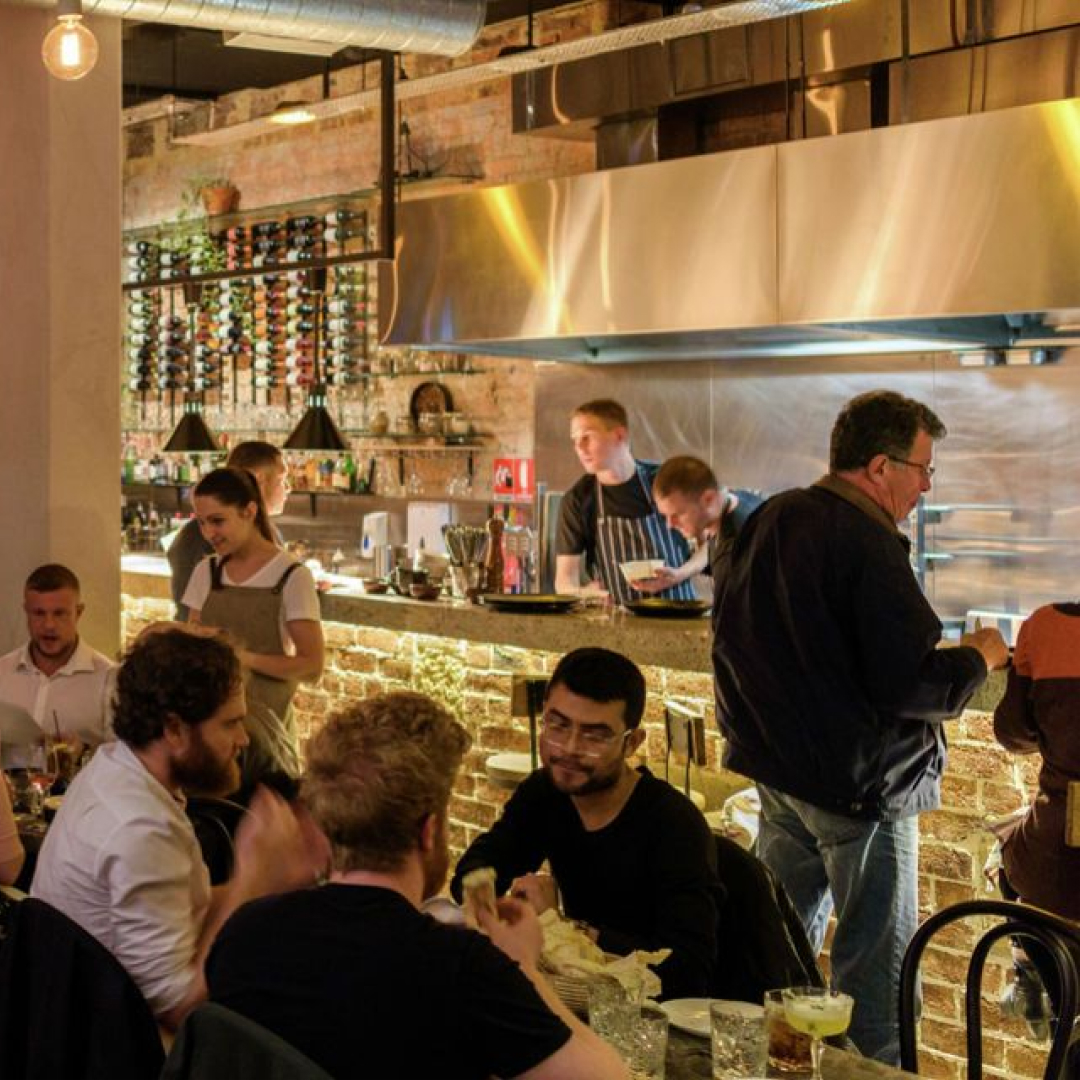Reservations are nothing new. Fine-dining restaurants and their guests have long relied on the predictability that reservations bring. Increasingly, it isn’t just white tablecloth spots that benefit from letting guests book in advance. Restaurants at every level benefit from reservations systems. And thanks to restaurant technology, restaurateurs can now take reservation management to a whole new level.
Mastering reservations can lead to more revenue, better service, smoother operations, and shifts that run like a well-oiled machine. Here’s everything restaurant owners need to understand about reservations today.
How do restaurant reservations work?
Until the late 1990s, all reservations were taken over the phone and manually recorded in a reservation log. This analog method meant restaurants had to employ dedicated reservationists to handle the incoming calls and write things down. Guests dealt with busy signals, double-booked tables, and transcription errors. In spite of these issues, some restaurants still do it this way.
Most modern restaurants work with reservation software. People can easily view and book available tables online or via an app. They don’t need to call to modify or cancel their reservation. With the best reservation software, restaurants can control the pacing from behind the scenes to ensure the front of the house and kitchen teams never get slammed by too many guests being seated all at once.
Would your restaurant benefit from reservations?
When considering whether reservations would work for your restaurant, it’s helpful to consider the ways your business would be impacted. Here are some examples of what you could expect.

More precise planning and scheduling
Reservation numbers on the books can tell you a lot about how much food you should order. Over time, patterns emerge and you can make increasingly accurate predictions about the number of covers you’ll actually do based on the number on the books. This can cut down on food waste.
Reservations make scheduling more accurate. You’ll know how many line cooks and servers you need for upcoming shifts, cutting down on the need to cut team members during slow times. The result is money saved on labor costs, not to mention happier employees, too.
Accomplish more with a lean team
With intuitive reservation software, team members can accomplish more even when fewer of them are working. With an easy-to-use system, a server needs no special training to seat tables in a pinch. A bartender can stand in for a host on the fly.
Increased revenue
Reservations can bolster the bottom line because they help maximize covers. They can also go a long way toward keeping a steady flow of guests coming and flowing throughout a shift. Past reservation data can reveal where turn times could be tightened so you can have more seatings over the course of a day.
Smooth shifts
A reservations system allows you to be more strategic about how, when, and with what server each group is seated. This level of control over the dining room means shifts can be more thoughtfully planned so they run more efficiently.
Improve service
With the right reservations software and restaurant platform, front-of-the-house staff has rich guest data at their fingertips. When you know a regular’s favorite booth, you can intentionally seat them there without them having to ask.
When someone has mentioned previously that they’re allergic to eggs, their server can automatically fill them in on what menu items to avoid. Birthdays, anniversaries, water preferences, and favorite desserts can all become part of the permanent record that informs service.

How to improve restaurant reservation management
Having the right restaurant technology in place is just the first step to managing restaurant reservations. Here are some other things to think about doing if you want to maximize the value you get from reservations.
Reduce no-shows
One possible downside to accepting reservations is the prevalence of no-shows. Unfortunately, it’s not uncommon. There are many ways restaurants can help guests honor their reservations. Sending confirmations, requisition deposits, and offering prepaid experiences are all ways to successfully drive down no-shows.
Keep some tables available
A fully booked restaurant is a beautiful thing, but you may want to consider holding just a few tables back. This can keep the shift on track when a table decides to camp out way past the typical turn time. If a VIP wants a last-minute table, you’re covered. And if nothing out of the ordinary happens, you have seats for a few lucky walk-ins.
Integrate your POS
To really maximize the power of reservations, it’s smart to integrate reservation software with your POS system. Together, these two powerful pieces of restaurant technology can give you granular information about revenue and trends. You can learn more about your guests and spot patterns. It’s an opportunity to level up your business with data-based decisions.
Reservations put a lot of power into a restaurant’s hands. When you leverage the power of technology to manage reservations, it has a positive ripple effect on every aspect of your business.





